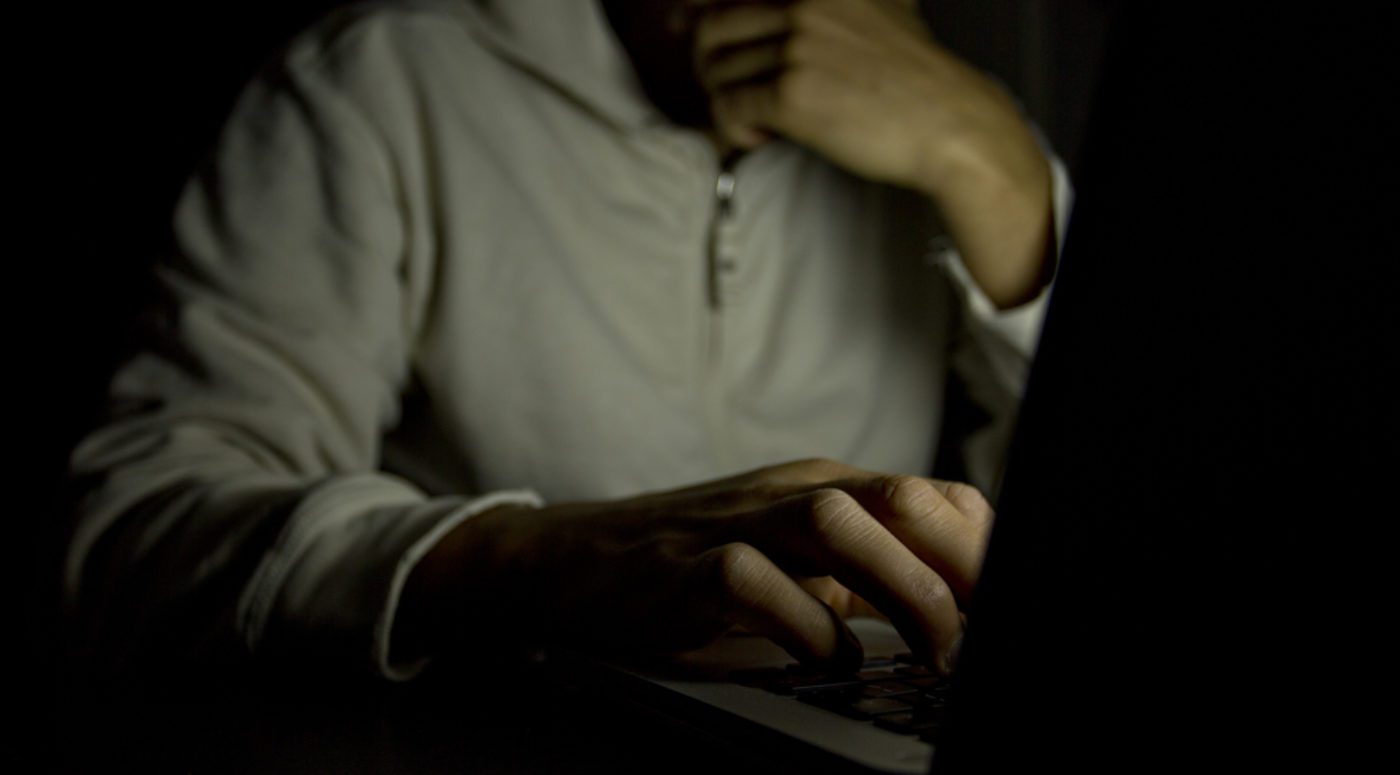

Sending intimate images has become a very popular activity between young people. Smartphones make it possible to take, alter, and create images within moments. But when will you be breaking the law? Not every instance of ‘sexting’ will be illegal. But when you share intimate images, without the consent of the person pictured, or where the images are of a person under the age of 18, you could be committing a criminal offence. The laws around sharing intimate images are something of a patchwork of different pieces of legislation. This can make the legal position confusing, and indeed the police have struggled to know how best to enforce the law in this area. This article explains the criminal offences that relate to sharing intimate images, and the punishment that you could face if you are convicted.
Is it an offence to send naked pictures?
Currently there is no single offence that outlaws sharing naked pictures. There are several pieces of legislation that relate to taking, making, and sharing intimate images without consent. Each offence has different legal elements that need to be satisfied in order to result in a conviction. The three laws that currently apply relate to disclosing sexual photographs and films, voyeurism, and upskirting.
Disclosing private sexual photographs and films
Disclosing private sexual photographs and films is an offence under section 33 of the Criminal Justice and Courts Act 2015. An image is sexual where it shows all or part of an individual’s exposed genitals or pubic area, it shows something that a reasonable person would consider to be sexual because of its nature, or its content, taken as a whole. This offence also includes threatening to disclose such images. To achieve a conviction, the prosecution has to show that:
- the person discloses, or threatens to disclose, a private sexual photograph or film in which another individual (“the relevant individual”) appears
- by so doing, the person intends to cause distress to that individual, and
- the disclosure is, or would be, made without the consent of that individual.
Voyeurism
Recording an image of a person doing a private act is criminalised under section 67 of the Sexual Offences Act 2003. This offence also criminalises observing and operating or installing equipment to observe or record another person doing a private act. Under this act, it is unlawful to: record, operate equipment, or install equipment with the intention of enabling another person to observe, for the purpose of obtaining sexual gratification, a third person doing a private act without their consent.
The definition of a private act is one that takes place somewhere where it would be reasonably expected to provide privacy and:
- the person’s genitals, buttocks or breasts are exposed or covered only with underwear,
- the person is using a lavatory, or
- the person is doing a sexual act that is not of a kind ordinarily done in public
Upskirting
Recording an image of genitals and buttocks, underneath clothing, under section 67A of the SOA 2003 also known as ‘upskirting.’ This offence takes place where a person operates equipment beneath the clothing of another person, with the intention of enabling themselves or another person to observe the person’s genitals or buttocks (whether exposed or covered with underwear), or the underwear covering them, in circumstances where the person’s genitals, buttocks, or underwear would not otherwise be visible, without that person’s consent or the reasonable belief in their consent.
Recording underneath the clothing of another person showing their underwear or genitals is an offence where the purpose is to obtain sexual gratification, or humiliating, alarming or distressing the victim.
What counts as an intimate picture?
The current state of the law is that an intimate picture includes pictures where the person is naked, engaging in a sexual act or another private act, such as sitting on the toilet or showering, or when the image is taken up a person’s skirt. Currently legislation does not provide for pictures which are taken down a female’s blouse. Another common issue – deepfaking – where a person’s image is superimposed into another image – is also not covered by current legislation.
In a recent report on intimate image abuse, the Law Commission has recommended that the current laws provide too restrictive a definition of the types of images that should be protected by law, and that deepfaked images, as well as images taken down a female’s top, should also be covered by legislation. Where the images are of a child under the age of 18, sharing it will be unlawful regardless of whether the person depicted consented. This is criminalised under other criminal statutes that are outside the scope of this article; see our article on indecent images offences instead.
What is the punishment for sending naked pictures?
The punishment that you could face if you are convicted of sending intimate pictures without the person’s consent will vary depending on whether your case is heard in the Crown Court or in the Magistrates’ Court.
The disclosure, voyeurism, and up-skirting offences are all triable either way, which means that your case could be heard in either a Magistrates’ court or at the Crown Court with a jury. The judge presiding in the Magistrates’ Court will consider the likely sentence if you are convicted, and whether they have adequate sentencing powers. They will also consider whether the case contains matters of complexity which would make it unsuitable to be heard in the Magistrates’ Court. If the judge decides that they have sufficient powers to hear the case in the Magistrates’ Court, the defendant can then decide in which court they wish their case to be heard. Whilst the sentence that could be imposed in the Crown Court is harsher, you are more likely to be convicted in the Magistrates’ Court where district judges tend to be more sceptical in comparison with the jury of ordinary men and women who will be responsible for reaching a verdict in the Crown Court. Which court to elect is a decision to be taken with advice from your criminal defence solicitor, who will help you understand the advantages and disadvantages of the different venues.
When deciding which sentence to give you, the judge will have regard to the guidance produced by the Sentencing Council. For voyeurism offences, the Sentencing Council has decreed that the severity of the starting point for the sentence will be calculated by looking at the harm caused by the offence, and the culpability of the offender. If the image/recording is made available to be viewed by others, or if the victim was observed or recorded in their own residence, these factors would indicate a higher level of harm. A higher level of culpability is assumed where there is a significant degree of planning, an abuse of trust, or an especially vulnerable victim. Culpability will also be heightened where the images were recorded; where there was evidence of commercial exploitation or motivation; where the offence was racially or religiously aggravated, or motivated by, or demonstrating, hostility to the victim based on his or her sexual orientation (or presumed sexual orientation), transgender identity (or presumed transgender identity), or disability.
Once the starting point for the sentence has been calculated, the court will look at any aggravating or mitigating factors which could be relevant to the case. Aggravating factors will include if the defendant has committed other similar offences in the past, or if the offence was committed whilst on bail.
If the image has been distributed or put in a place where a lot of people can see it, this will be an aggravating factor. If the defendant committed the offence over a prolonged period of time, this will also be an aggravating factor.
Mitigating factors include if the defendant is the sole carer to a dependant, if the defendant has shown remorse, and where the defendant has no previous convictions. Where you have a learning difficulty, lack age or maturity or have taken steps to address your offending, these will also serve as mitigating factors.
Your criminal defence solicitor can help you to prepare your plea in mitigation which will set out information relevant to your personal circumstances which you wish the court to know about.
Where to get further help?
If you have been charged with an offence relating to distributing intimate images, hopefully this article has demonstrated the need to take the impending criminal proceedings seriously. You may wish to explore whether there is a defence which is available to you. If you can show that the image was not intimate in nature or was not taken for one of the purposes set out in the acts prohibiting this conduct, you may have a defence. A good criminal defence solicitor will provide you with frank and realistic advice on your options. At Stuart Miller Solicitors, our experienced and non-judgemental team are ready to assist you. Contact us today.
OUR COMMITMENTS TO YOU:
-
Responsive
A legal expert will consult you within 24 hours of making an enquiry.
-
Empathetic
We will always treat you with trust, understanding and respect.
-
Specialised
Your case will be handled by an expert who specialises in your type of offence.
-
Proactive
We will take early action to end proceedings as soon as it is practically and legally possible to do so.
-
Engaged
You will be kept updated on your case at all times. We will provide a named contact available to answer your questions.
-
Caring
We understand this is a difficult and stressful time for you and your family. Our team will support you every step of the way.
-
Tenacious
We will never give up on your case. We fight tirelessly to get you the best possible outcome.

